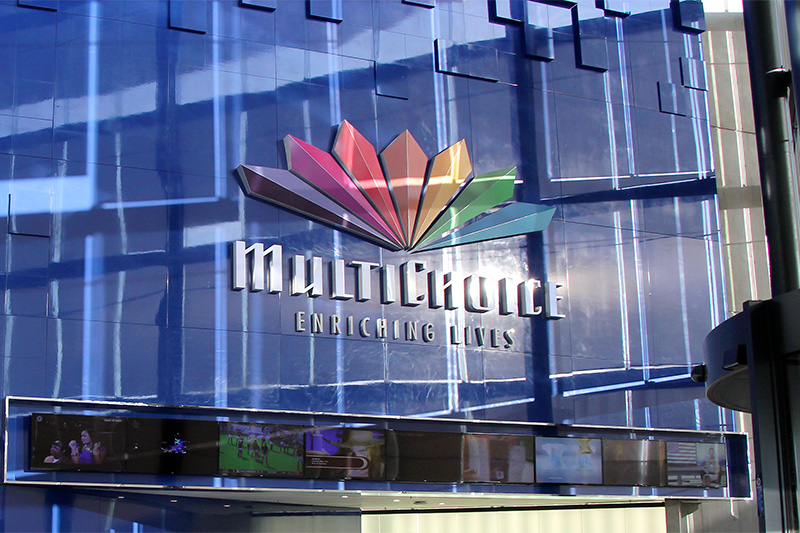MultiChoice considers 4K rollout on DStv and Showmax — what it means for subscribers

MultiChoice considers 4K streaming for DStv and Showmax amid bandwidth and competition challenges
MultiChoice, the media giant behind DStv and Showmax, is carefully considering whether to roll out 4K (Ultra HD) streaming across its platforms. While the technology promises sharper picture quality, the company says its adoption depends on whether customers show significant demand.
Industry observers note that the hesitation reflects Africa’s ongoing internet and infrastructure hurdles. In countries like South Africa, broadband speeds remain inconsistent, and capped data plans make ultra-high-definition streaming difficult to sustain. A single hour of 4K video can consume about 7GB of data, compared to roughly 2GB for standard 1080p streaming.
“We continuously review the commercial and technical feasibility of 4K,” explained MultiChoice executive Byron du Plessis. “When the conditions are right, we will share updates with the market.”
The cautious approach, however, comes with potential risks. Local streaming rivals have already begun offering 4K content despite obstacles such as frequent power cuts caused by South Africa’s ongoing load shedding crisis. With consumer expectations rising globally, MultiChoice may face pressure to act quickly or risk being seen as lagging behind.
This would not be the first time the company dabbled in Ultra HD. In 2022, DStv broadcast parts of the FIFA World Cup in 4K, signaling its capacity to deliver higher resolutions when conditions allow. For now, though, the strategy appears to balance innovation with the realities of bandwidth availability and market economics.
What MultiChoice’s 4K Streaming Dilemma Means for DStv and Showmax Subscribers
The conversation around 4K streaming on DStv Stream and Showmax is no longer just about sharper visuals—it’s about affordability, access, and how ready Africa’s digital ecosystem is to support premium streaming experiences. For subscribers, MultiChoice’s cautious approach signals both protection from hidden costs and frustration over being left behind global standards.
1. The Cost of Ultra HD
At the core of 4K’s promise is crystal-clear quality. But that comes at a heavy data price. Streaming one hour of 4K video consumes about 7GB, compared to 2GB for standard Full HD. For subscribers on capped broadband plans—common in South Africa and across the continent—this could mean exhausting monthly data limits in days, unless providers adjust packages. For many households, the jump to 4K could end up costing far more than the subscription fee itself.
2. The Infrastructure Question
Even if subscribers are willing to pay for higher data packages, reliable delivery is another challenge. Load shedding frequently interrupts streaming sessions, and uneven broadband coverage outside urban centers means 4K access could be patchy. MultiChoice’s hesitation is therefore also a reflection of subscriber realities—rolling out 4K prematurely might generate more frustration than satisfaction.
3. Competitors Raising the Bar
Local and international competitors are already offering 4K content, despite these hurdles. For DStv and Showmax subscribers, this raises an expectation: why pay premium subscription fees for content that isn’t keeping pace with global quality standards? Younger, tech-savvy audiences especially may view the delay as MultiChoice dragging its feet. If rivals make 4K the norm, DStv and Showmax risk losing subscribers who demand the best viewing experience.
4. Lessons from the FIFA World Cup
Subscribers who watched the 2022 FIFA World Cup in 4K on DStv know the capability exists. That experiment showed what was possible when infrastructure and rights aligned. For many customers, the delay now feels less about “can they do it?” and more about “will they commit to it?” The proof of concept means demand will likely grow louder.
5. The Subscriber’s Trade-Off
For now, subscribers remain in a balancing act. They may appreciate MultiChoice’s cautious approach—avoiding hidden costs from runaway data use—yet also feel shortchanged compared to global standards. In the short term, Full HD remains adequate for most homes. But in the long run, especially as internet capacity expands and data prices drop, 4K will become non-negotiable.
For DStv and Showmax subscribers, MultiChoice’s 4K hesitancy is both a safeguard and a frustration. It protects customers from unexpected costs in a market with unreliable infrastructure, but risks creating a perception that Africa’s leading pay-TV provider is lagging behind. Ultimately, the move to 4K seems inevitable—it’s just a matter of when demand, infrastructure, and affordability finally align.

